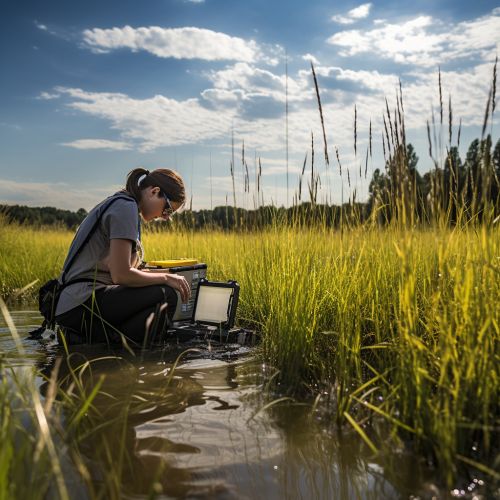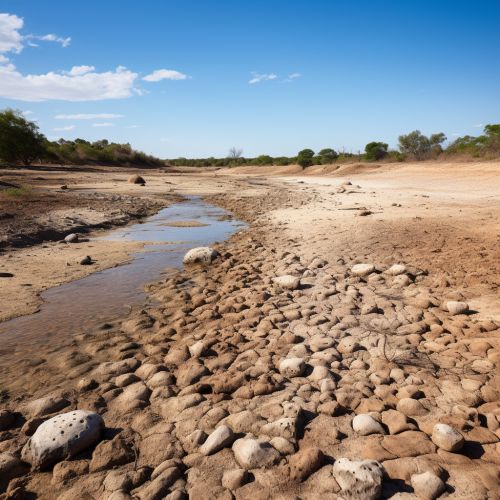The Role of Hydrology in Water Resource Management
Introduction
Hydrology, the scientific study of the movement, distribution, and management of water in the Earth's atmosphere, surface, and subsurface, plays a critical role in water resource management. This discipline provides essential data and insights that inform strategies for managing water resources in a sustainable and efficient manner.


Understanding Hydrology
Hydrology involves the study of water's physical properties, its distribution and circulation, and the interaction between water and its surrounding environment. This includes the study of water cycle and water resources, which are essential for understanding the availability and quality of water in a given area.


Hydrology and Water Resource Management
In water resource management, hydrology provides critical data about the availability and quality of water resources. This information is used to make decisions about water allocation, water conservation, flood control, and water quality management. Hydrology also helps in predicting and managing water-related disasters such as floods and droughts.


Hydrological Data and Its Importance
Hydrological data, including precipitation levels, streamflow, groundwater levels, and evapotranspiration rates, are crucial for water resource management. These data help in predicting water availability, assessing water demand, and planning for water supply and demand.


Hydrological Models
Hydrological models are mathematical representations of the water cycle and are used to simulate and predict water flow and availability. These models are essential tools in water resource management, helping in the planning and decision-making process.


Challenges in Hydrology and Water Resource Management
Despite the importance of hydrology in water resource management, there are several challenges in this field. These include data scarcity, climate change impacts, and the need for integrated water resource management approaches.


Conclusion
Hydrology plays a pivotal role in water resource management, providing essential data and insights that inform strategies for managing water resources. Despite the challenges, advancements in hydrological research and technology continue to improve water resource management practices.


